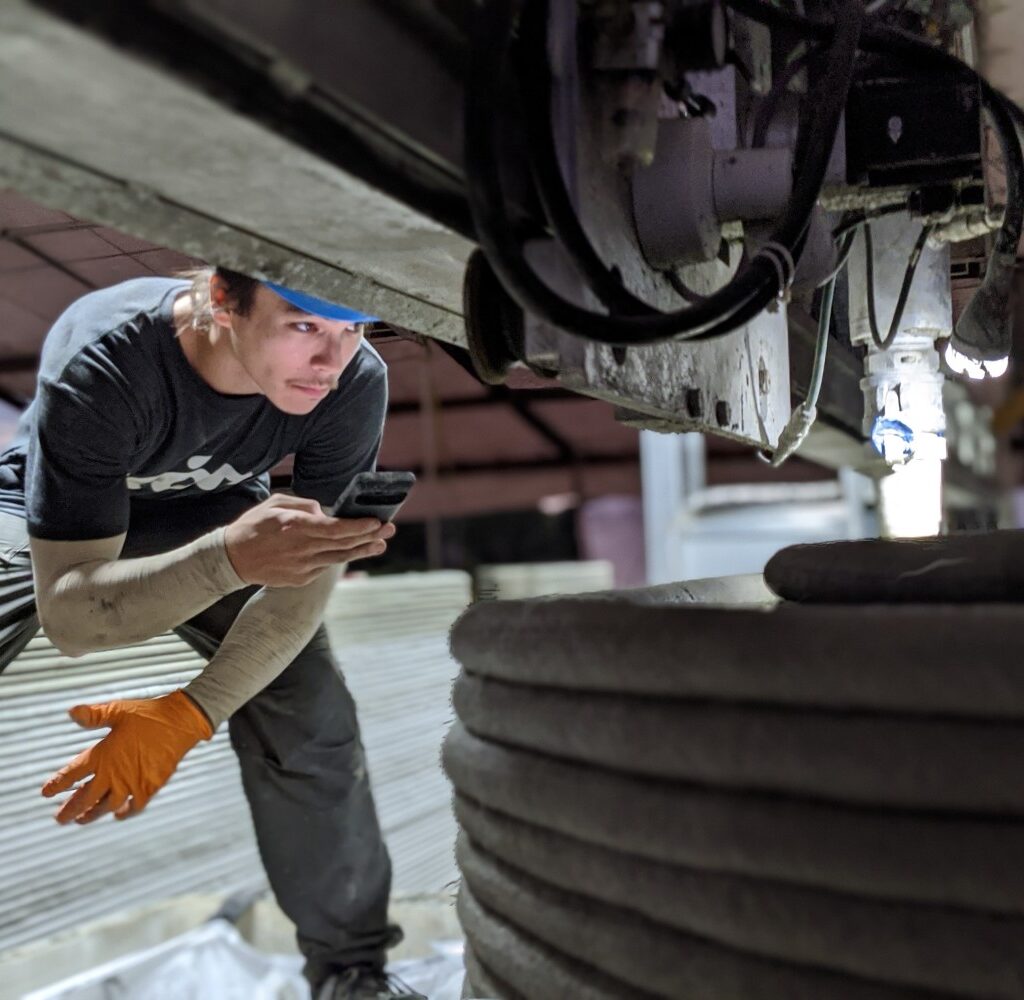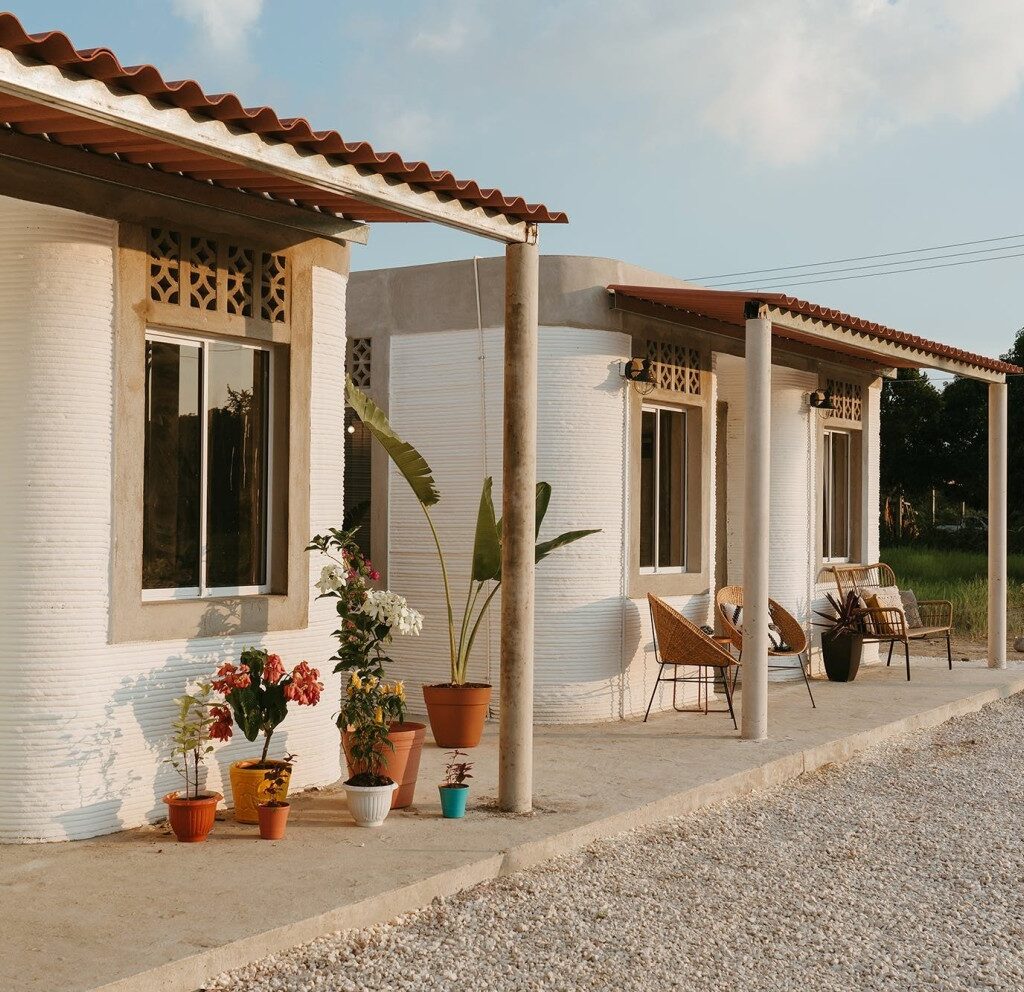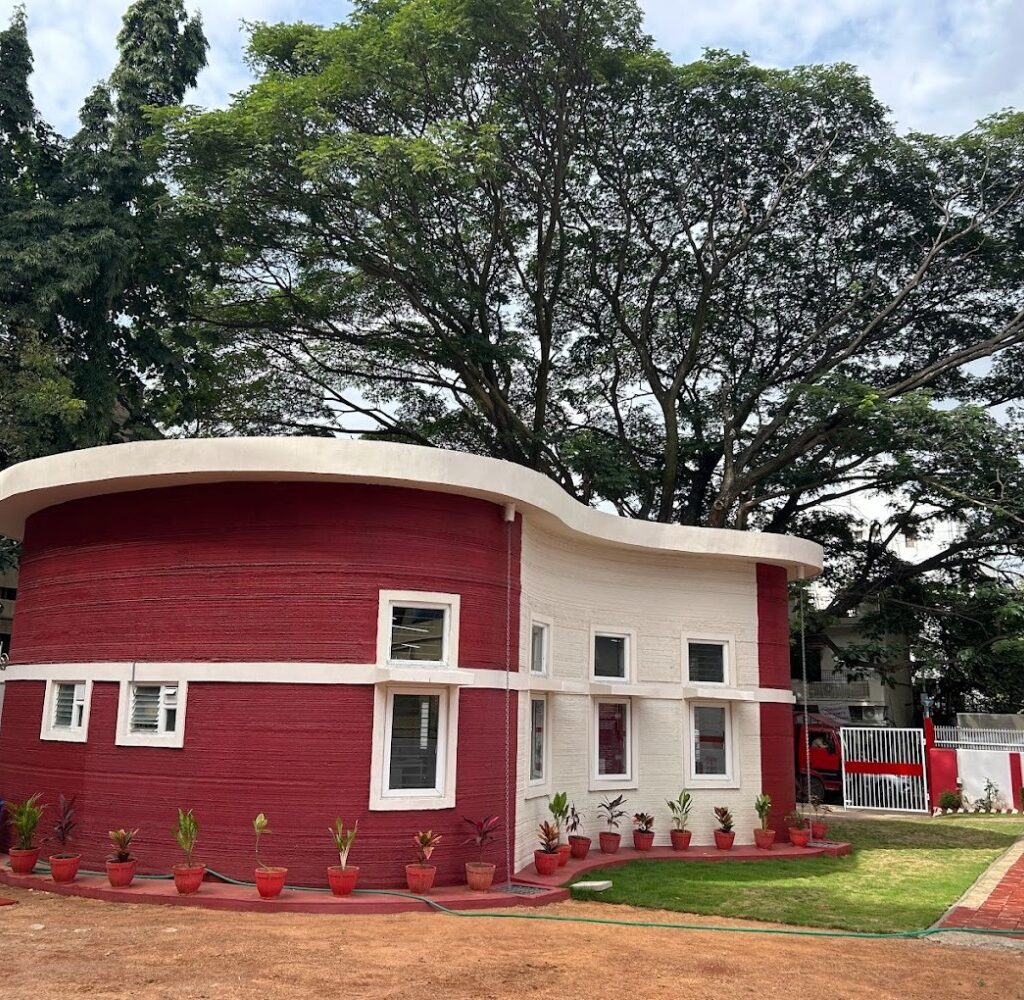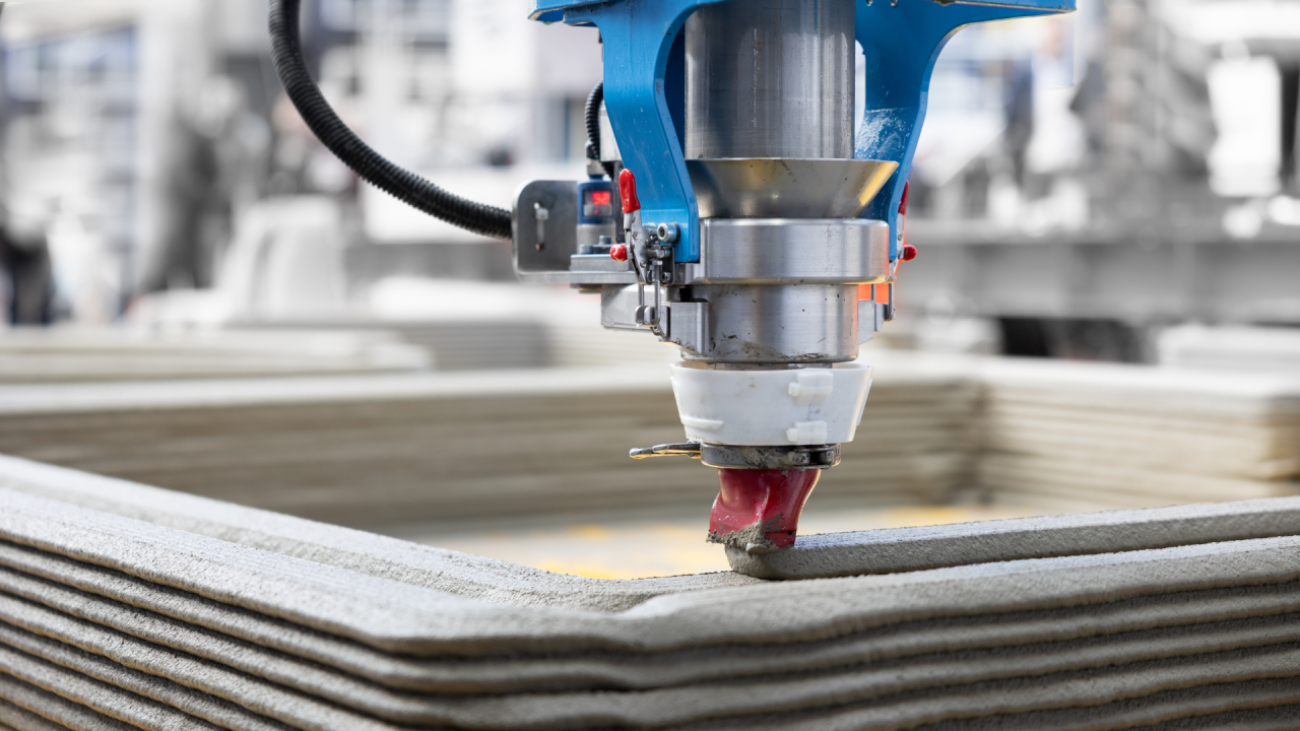In the ever-evolving landscape of architecture, innovation is the key driving force shaping the future of design and planning. One such groundbreaking innovation that has significantly transformed the industry is the advancement in printing technology. From 3D printing to large-format printers, these technologies have not only revolutionized the way architects conceptualize and create designs but have also enhanced efficiency, sustainability, and cost-effectiveness in architectural practices.
3D Printing: Shaping the Future of Architecture
The advent of 3D printing has been a game-changer in architecture, offering architects the ability to turn their digital designs into tangible, three-dimensional models with unprecedented speed and precision. This technology has transcended the realm of prototyping and has become an integral part of the architectural design process.
Speed and Efficiency:
Traditional methods of model-making often involved labour-intensive processes that consumed valuable time and resources. However, with 3D printing, architects can now rapidly produce intricate scale models, allowing for faster iterations and more efficient design development. According to a study by Statista, the global market for 3D printing in construction is projected to reach $1.8 billion by 2027, reflecting the increasing adoption of this technology in the architecture industry.
Cost-effectiveness:
In addition to speed, 3D printing offers significant cost savings compared to traditional model-making techniques. By eliminating the need for manual labour and reducing material waste, architects can create high-quality prototypes at a fraction of the cost. A report by MarketsandMarkets suggests that the adoption of 3D printing in the construction industry is driven by factors such as cost efficiency and sustainability, further highlighting its value proposition.
Example: ICON’s 3D Printed Homes, Mexico
ICON, a construction technology company, partnered with New Story, a non-profit organization, to build the world’s first 3D-printed community in Tabasco, Mexico. The project aims to address homelessness by providing affordable and sustainable housing solutions using 3D printing technology.


Large-Format Printing: Bringing Designs to Life
While 3D printing has garnered much attention, advancements in large-format printing technology have also played a pivotal role in architecture and planning. These printers are capable of producing highly detailed, full-scale drawings and renderings, enabling architects to visualize their designs with unparalleled clarity.
Visualization and Communication:
In architectural projects, clear communication of design intent is crucial for client engagement and stakeholder collaboration. Large-format printers allow architects to create stunning visual representations of their designs, from floor plans to photorealistic renderings, facilitating better communication and understanding among project stakeholders. According to a report by Smithers, the global market for wide-format printing is expected to reach $32.9 billion by 2024, driven by the growing demand for high-quality graphics and signage in various industries, including architecture.
Beyond enhancing visualization and communication, large-format printing technology also contributes to sustainability in architecture. By enabling architects to produce digital drawings and renderings, rather than relying on traditional paper-based prints, these printers help reduce paper consumption and waste. Revolutionising Architecture and Planning This aligns with the growing emphasis on sustainable practices within the architecture industry, driving the adoption of eco-friendly technologies.
Example:
Bengaluru’s Urban Revitalization Projects


Bengaluru Development Authority (BDA) has implemented large-scale printing technology to create interactive models of public spaces undergoing revitalization. These models engage residents in the urban planning process and facilitate collaborative decision-making for sustainable urban development.
BONUS FOR ENTHUSIASTS!
Other Real-World Applications
1. Foster + Partners Droneport Project:

Foster + Partners, a renowned architecture firm, utilized 3D printing technology to construct a prototype droneport in Africa. The project aimed to address the lack of infrastructure in remote regions by creating a hub for delivering medical supplies via drones. By leveraging 3D printing for the fabrication of building components, the firm achieved unprecedented speed and flexibility in the construction process, demonstrating the potential of additive manufacturing in humanitarian architecture Revolutionising Architecture and Planning.
2. BIG’s 3D-Printed Mars Habitat:

Bjarke Ingels Group (BIG), in collaboration with NASA, developed a concept for a 3D-printed habitat on Mars. The design, known as the Mars Dune Alpha, showcases the possibilities of using 3D printing technology to construct sustainable habitats in extraterrestrial environments. By utilizing local materials and robotic construction techniques, the project envisions a future where architecture plays a vital role in space exploration and colonization Revolutionising Architecture and Planning.
FAQs
- How does 3D printing benefit architectural firms?3D printing streamlines design iteration reduces costs, and improves communication with stakeholders through detailed scale models.
- Are there any limitations to using large-format printing technology in architecture?Large-format printing may have size constraints and require specialized equipment, but advancements continue to expand its capabilities.
- How does printing technology contribute to sustainability in architecture?3D printing minimizes material waste, while large-format printing reduces paper consumption, promoting eco-friendly practices in architecture.
- How can architectural firms integrate printing technology into their workflow?Firms can invest in hardware, software, and training for 3D and large-format printers, or partner with printing service providers for advanced capabilities.
Embracing the Future of Architectural Printing
In conclusion, the rapid advancement of printing technology is reshaping the landscape of architecture and planning, offering architects new tools and capabilities to push the boundaries of design innovation. From 3D printing to large-format printers, these technologies are not only improving efficiency and cost-Revolutionising Architecture and Planningeffectiveness but also fostering sustainability and pushing the boundaries of what is possible in architectural practice. As architects continue to embrace these innovations, we can expect to see even more groundbreaking projects that redefine the relationship between technology and design in the built environment
